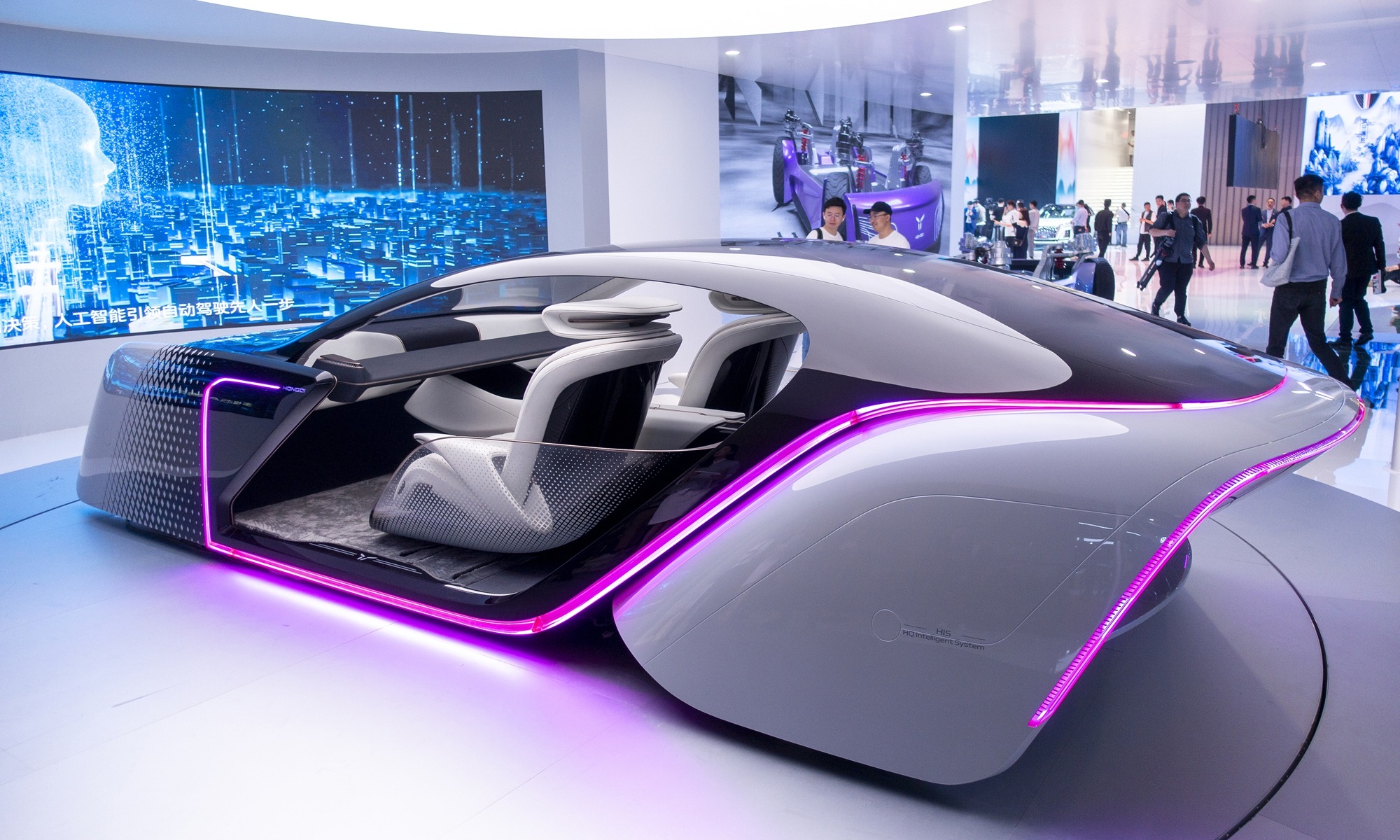The consumption pattern of automotive news has transformed in a major way. In today’s always-on digital landscape, car enthusiasts, consumers, and industry insiders expect updates in real time, whether it’s a new model launch, a major recall, or a breaking accident report.
It is no longer the case where automotive journalism is dependent on print magazines on a monthly basis, or even on TV programs that come way too late. Now, people receive push notifications about vehicle incidents, live streams from crash sites, or instant social media reactions to road events, all within moments of them happening.
This real-time transition to automotive media has not just altered the manner in which stories are being told, but also the manner in which stories sway consumer confidence, brand esteem and media-held ideas about safety.
From Print to Push Notifications A New Era
Automotive journalism does not start with but has a long way to go in glossy magazines and planned TV appearances. News is nowadays sent instantly via the Internet and people can view the news update with real time basis thus making it accessible a lot faster in comparison to days or weeks before.
Thanks to mobile apps, online portals, and social media, car-related news can reach millions within minutes. It is in real-time when it comes to a huge car recall, a reveal of a new electrical car, or a closed road due to an accident.
Platforms like Twitter and YouTube have become key sources for immediate automotive updates. The journalists, who are influencers and can even be drivers in the scene, can cover the events live, influencing the development of news and the response of society. This eventually increases to the speed and dynamic contributions of information flow into altering the perceptions and interaction of people with auto industry.
This is not a speed issue only. It portrays a wider shift in the automotive information-seeking, and automotive information trust. Visitors desire accelerated facts, professional opinion, and visual evidence- everything would be in the same place that they scroll.
When Real Time Events Go Viral
In today’s media environment, real time reporting does more than inform , it shapes perception. The speed at which news spreads has made public reactions a key part of how automotive events are understood and remembered.
When an accident, product failure, or high-profile incident occurs, platforms like Twitter, Reddit, and news aggregators pick it up almost instantly. These stories often go viral before any official statement is released. In some cases, the coverage takes on a life of its own, amplified by videos, hashtags, and opinions shared across thousands of accounts.
One example is the widespread attention surrounding the trey gowdy car accident. While the incident itself was not catastrophic, its quick spread online sparked debates around driver safety, media responsibility, and the role of public figures in auto-related news. It shows how even relatively minor events can gain massive traction in the automotive conversation when picked up by fast-moving digital platforms.
Real time media coverage has the power to drive attention toward safety issues, influence public sentiment, and even push automakers or officials to respond faster than ever before.
The Challenge of Accuracy in Speed First Reporting
With speed in the automotive media gaining greater momentum, there are times when the need to go fast at the expense of accuracy may be the compromise. I am sure you all are aware of the fact that real time notifications are pouring on social media and news feeds and even legit sources tend to get lured into publishing without proving all the facts.
This may be dangerous in the automotive world. The wrong reporting of a vehicle recall, details of an accident, or a safety malfunction can be misleading, ruin reputations, and have some influence on consumer behavior. The readers may turn to some actions based on the imperfect or erroneous information that may provoke some unwarranted anxiety or waste the warning.
The issue is how to get the balance between speed and responsibility as far as journalists and content platforms are concerned. The real time coverage must be quick and fact checked. Such visual material as a dashcam video or photo testimony can be used to prove a claim, yet it should be discussed.
The automotive media should gain credibility in the sense that it should deal not only with immediacy but also with accuracy. When such balance is met, the byproduct is the content that is informative, guarded and productive to the industry.
The Rise of Independent Voices and Content Platforms
Old traditional automotive media that is not competent to meet the real time content demand, a new corps of contributors are coming to the rescue. Individual writers, car enthusiasts and industry insiders are gaining prominence and spreading news and information via their own channels and electronic media.
These voices usually speak at a faster pace, are more relatable, and devoted to niche-oriented issues than the legacy media. They provide real time commentaries on the events as they happen or have personal feedbacks on new cars or detailed argument on aspects of safety. Their contents are relevant since they seem imminent and nearer.
This is in large part fuelled by the presence of platforms that solicit the contributions of users and guest content. Sites like MotorCraz, for example, provide a platform write for automotive post where writers, bloggers, and subject matter experts can share their opinions or industry commentary. These open formats also welcome more points of view and shorter publishing schedules – which is just what is required in the present-day world of the auto space.
With the door opened to independent creators the automotive media ecosystem becomes more diverse, more responsive and more valuable to its readers.
What the Future Looks Like for Automotive Media
The automotive media is fast changing. When we look at sharing and consumption of stories, we must look at livestreamed launches, connected car alerts, and real time user content. The blend of news and technology may occur in the near future with delivery of the updates directly to the cars.
Trust will become even more important as speed becomes the norm. The readers will resort to the platforms that provide not only quick information but correct and practical data.
The automotive media of the future will be anyone who can strike the right balance between immediacy and credibility because in a world where things never slow down, it is always important to keep drivers informed.



































